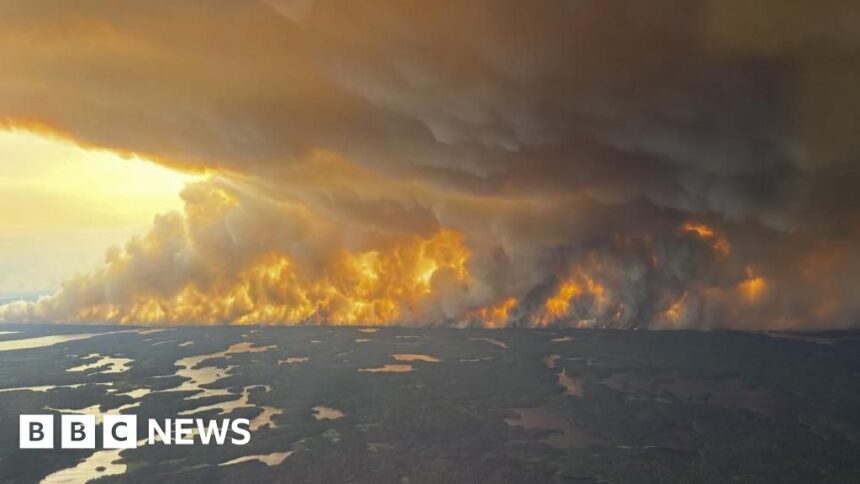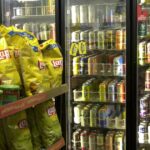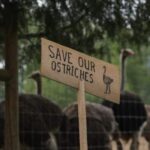The scent of smoke hangs heavy across Canadian skies this week as unprecedented early-season wildfires ravage multiple provinces, forcing thousands to flee their homes amid a punishing spring heatwave. With temperatures soaring up to 15°C above seasonal norms in some regions, Canada faces what experts are calling a deeply troubling preview of what could become another record-breaking wildfire season.
“We’re witnessing climate change in real-time,” said Dr. Eleanor Marchand, climate scientist at the University of British Columbia. “These early-season fires, particularly in Alberta and British Columbia, are starting nearly a month ahead of historical patterns, burning with intensity we typically don’t see until mid-summer.”
In Alberta, where over 75 active wildfires are currently burning, officials have declared a state of emergency in multiple municipalities. The town of Jasper remains under evacuation order as flames threaten its outskirts, with over 5,000 residents displaced. Provincial firefighting resources are already stretched dangerously thin despite deployment of additional personnel from Canada’s national emergency response teams.
British Columbia is facing similar challenges, with unseasonably hot, dry conditions creating perfect conditions for fire spread. The province has already recorded triple the five-year average for hectares burned by this date. Most concerning to authorities is the unprecedented dryness of forest floors, with moisture content measurements showing levels typically not seen until August.
“What we’re facing isn’t just a Canadian problem, but a global one,” noted Environment Minister Steven Guilbeault during an emergency briefing yesterday. “The climate crisis is accelerating wildfire conditions across the Northern Hemisphere, and we’re seeing the effects earlier each season.”
The economic impact is already mounting. Early estimates suggest damages could exceed $500 million, not including the strain on healthcare systems from smoke-related respiratory issues or the long-term economic effects on tourism and resource industries. Business analysts warn that continued wildfire intensity could affect everything from insurance premiums to real estate values in high-risk zones.
Indigenous communities are among the hardest hit, with several First Nations territories under evacuation orders. Traditional territories important for cultural practices and subsistence activities face extensive damage, adding to the disproportionate impact climate disasters have on these communities.
“Our elders have never seen fires like this so early in the year,” said Chief Martha Running Wolf of the Stoney Nakoda Nation. “We’re losing not just homes but sacred sites and hunting grounds that have sustained our people for generations.”
The federal government has mobilized military resources to assist with evacuation efforts and firefighting support, but questions are emerging about Canada’s long-term preparedness for what climate models suggest will become increasingly common events. Political analysts note that while emergency response has improved since the devastating 2023 fire season, prevention funding and climate adaptation measures remain underfunded.
International aid has begun arriving from Australia and New Zealand, countries with complementary fire seasons that allow for resource sharing. Their experienced firefighters bring valuable expertise, having faced similar climate-driven wildfire intensification in recent years.
Health authorities have issued air quality warnings across much of western Canada, with smoke plumes visible from space and particulate matter readings reaching hazardous levels in major population centers. Vulnerable populations, including the elderly and those with respiratory conditions, are being advised to remain indoors with air purification systems when possible.
As Canadians brace for what could be another summer of fire and displacement, a fundamental question emerges that touches every aspect of national policy and personal planning: in a world where climate change is transforming our relationship with seasonal weather patterns, how must we reimagine our approach to living with fire in what was once called the Great White North?

























